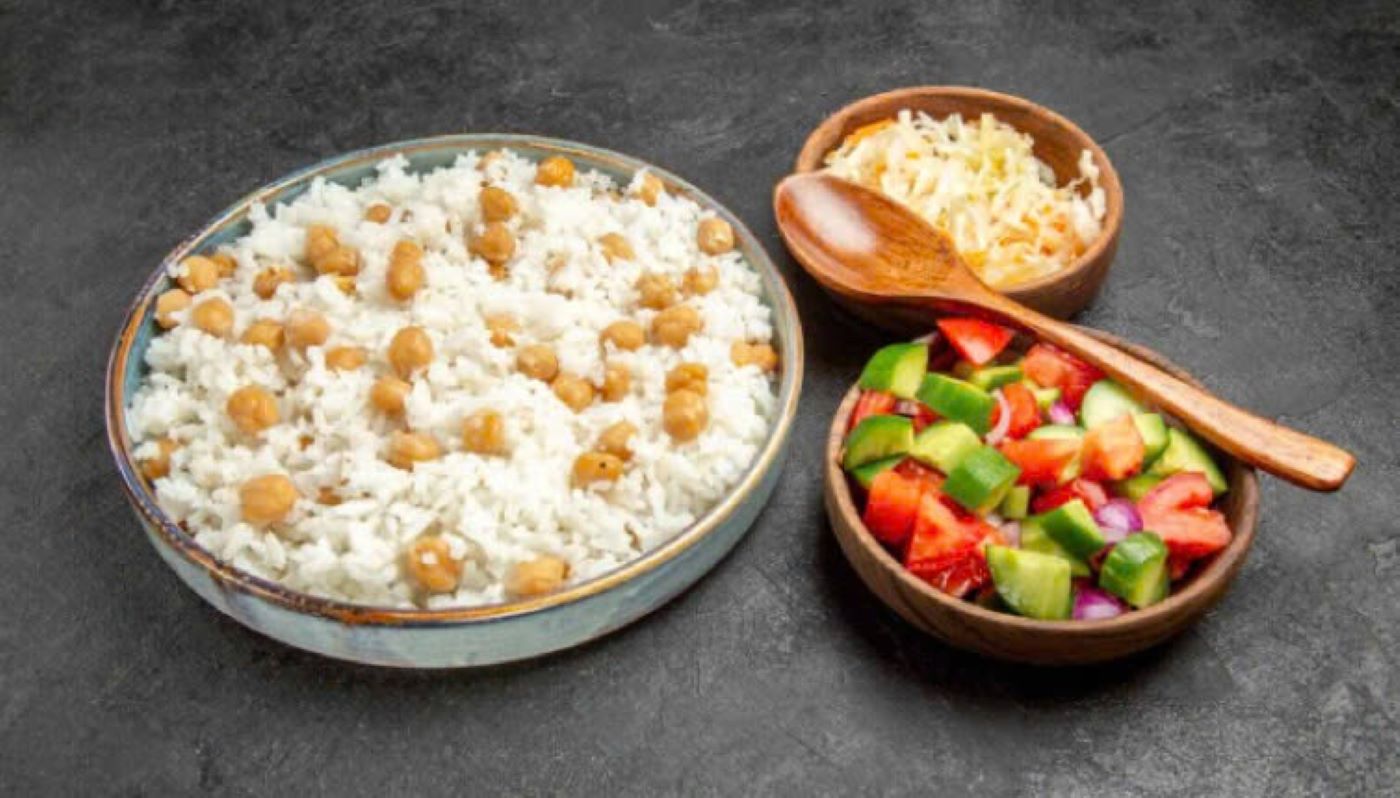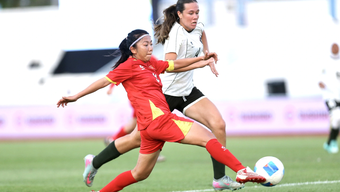
Here are some tips from nutritionist Kejal Shah (India).
1. Choose whole grains.
This means choosing brown rice instead of white rice. Red or black rice can also be used. These types of rice are richer in antioxidants, iron, and fiber than white rice.
2. Check the portion sizes.
Maintain appropriate portion sizes to control calorie intake. A typical serving of rice is about half or one bowl of cooked rice.
3. Balance with vegetables and protein.
Eating a variety of vegetables will help you eat less rice and feel full faster. Combining rice with protein sources like lentils, chickpeas, or chicken can also be beneficial. This helps balance the meal and provides sustained energy.
4. Healthy cooking methods
"Steaming or boiling is preferable to frying to avoid adding extra fat and calories. If you're making rice dishes like mixed rice, use less oil or choose a healthier oil like olive oil," says Kejal Shah.
5. Combine with fiber-rich foods.
Eat rice with side dishes rich in fiber, such as salad, steamed vegetables, or yogurt. Fiber aids digestion and keeps you feeling full longer.
6. Choose rice varieties with a low glycemic index.
Choose basmati rice, which typically has a lower glycemic index than other types of white rice.
7. Combine different types of mixed grains.
Mix rice with other grains like quinoa or barley. This increases the nutritional content and adds variety to your meals. The benefits of quinoa extend beyond weight loss; it also helps regulate blood sugar and improves cardiovascular health.
8. Eat on time.
The best time to eat rice is at lunchtime. This can help you better control your calorie intake compared to eating late in the evening.
Source: https://laodong.vn/suc-khoe/cach-an-com-trong-che-do-an-kieng-giam-can-1379294.ldo































































































Comment (0)